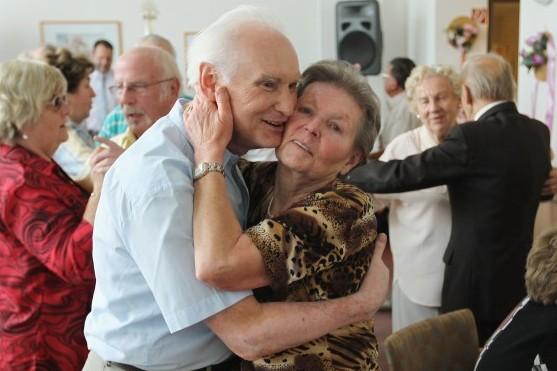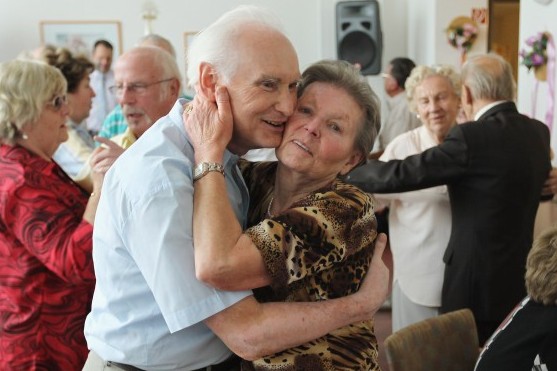The number of older people and their share of the U.S. population is greater now than at any other time, according to the results of the 2010 census. The senior population—persons 65 and older—is also growing faster than the total population.
These findings from the 2010 census were released Wednesday at a news release from the U.S. Census Bureau. Population numbers were based on where the people resided on April 1, 2010.
In the decade between the 2000 and 2010 census, seniors increased from 35 million to 40.3 million, a 15.1 percent increase. In contrast, the overall U.S. population added 27.3 million in the decade to a total of 309 million—a 9.7 percent increase.
The majority of the growth in seniors came from the 65–69 years group, which grew the fastest at 30.4 percent.
“This age group represents the leading edge of the baby boom and is expected to grow more rapidly over the next decade, as the first baby boomers start turning 65 in 2011,” says the census brief. The baby boom is defined as persons born after World War II, from mid-1946 to 1964.
The only age group among the older population that did not grow but declined 1.3 percent during the decade was the 75–79 years. These persons were born in the early 1930s when the country experienced the Great Depression, and the birth rate was low.
In addition to their numbers growing, seniors take up a larger proportion of the total population, from 12.4 percent in 2000 to 13.0 percent in 2010. In 1900, seniors comprised only 4.1 percent of the total population. Their proportion has been steadily increasing every census, with the exception of the period 1990-2000.






